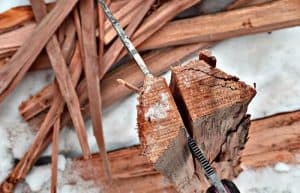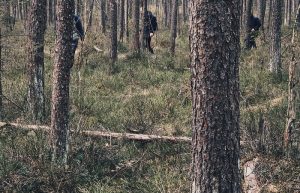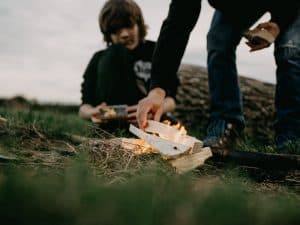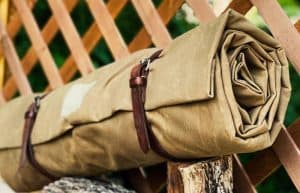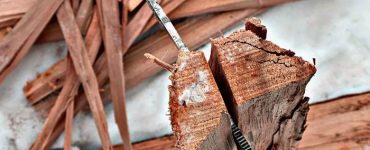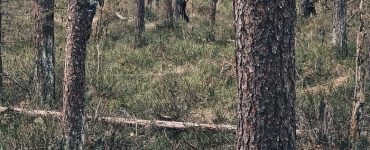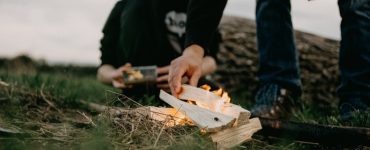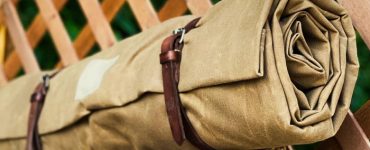When most people think of wild plants, the first thing that comes to mind is poisonous plants. While there are certainly poisonous plants in the wild, there are also many that can be used as medicine. In fact, many of the herbs and spices we use in modern cuisine come from wild plants.
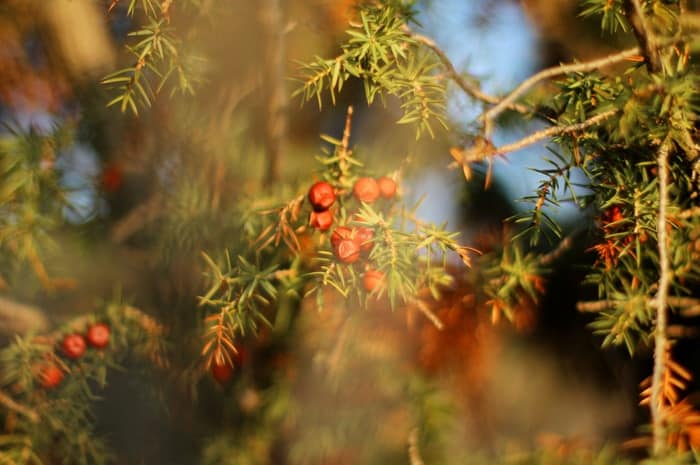
How to Identify Plants That are Medicinal
There are a number of ways to identify wild plants. One of the easiest ways is to look for plants that grow in your area. You can also look for plants that have been used as medicine by native cultures. Finally, you can use a plant identification guide to help you identify specific plants. There are two main types of wild plants: those that are poisonous and those that are medicinal. There is no way to tell which plant will be poisonous or medicinal without trying it (unless you can rely on a guide).
5 Wild Plants that Can Be Used as Medicine
While on a bushcrafting trip, you may find that you need some medicine. Luckily, there are many wild plants that can be used as medicine. Below lists five plants that you can use for medicine when bushcrafting.
Burdock
Burdock is a plant that has been used for medicinal purposes for centuries. It has a variety of medicinal properties, including anti-inflammatory and detoxifying effects. Burdock is also a rich source of antioxidants and minerals, such as potassium and iron. Burdock is most commonly used to treat skin conditions, such as eczema and psoriasis, but it can also be used to treat other conditions, such as arthritis and liver disease.
Fun Outdoor Quiz
Plantain
Plantain is a herbaceous plant that is found throughout the world. It has been used medicinally for centuries. Plantain has a number of beneficial properties, including anti-inflammatory, analgesic, and antimicrobial properties. It can be used to treat a variety of conditions, including sprains, strains, bruises, insect bites, and stings. Plantain is also a good source of vitamins and minerals.
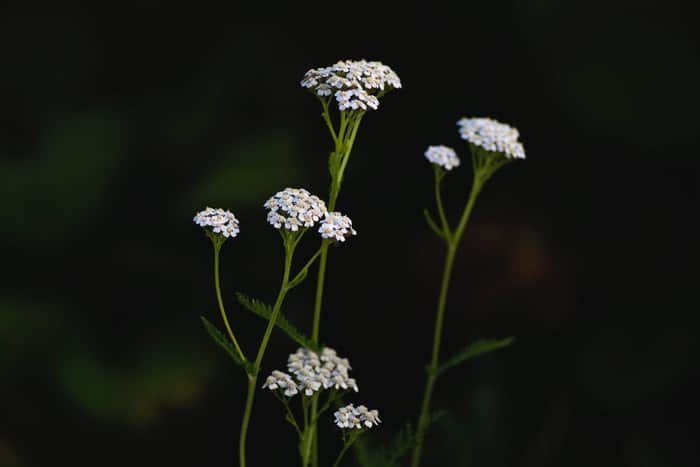
Yarrow
Yarrow (Achillea millefolium) is a plant that has been used medicinally for centuries. It has anti-inflammatory, anti-microbial, and astringent properties. Yarrow can be used to treat a variety of conditions, including fever, headaches, and muscle aches. It can also be used to improve digestion and reduce menstrual bleeding.
Lemon Balm
Lemon balm (Melissa officinalis), a member of the mint family, is a perennial herb that grows up to 2 feet tall. The leaves are light green, ovate, and have a serrated margin. The flowers are small, white, and occur in clusters. Lemon balm has been used for centuries to treat a variety of illnesses. It is most commonly used as a tea to treat anxiety, insomnia, and upset stomach.
Dandelions
Dandelions are a common weed that many people try to eliminate from their lawns. However, dandelions have many medicinal properties that can be beneficial to your health. Dandelions are a good source of vitamins A, C, and K, as well as minerals such as iron and potassium. Dandelions also have anti-inflammatory and antioxidant properties, which can help reduce the risk of disease. Additionally, dandelions can help improve digestion and help detoxify the body.
When to Use Wild Plants Medicinally
The decision to use a wild plant medicinally is a serious one. It is important to identify the plant correctly and to be aware of any potential side effects. Some wild plants are poisonous and should not be eaten. Others have medicinal properties that can help treat a variety of illnesses. Before using a wild plant medicinally, it is important to consult a doctor or other medical professional.
What You Need to Know About Using Wild Plants Safely
There are a variety of reasons why people might choose to use wild plants medicinally, including accessibility and affordability. However, there are some safety concerns that need to be taken into account before using these plants. Many wild plants contain toxins that can be harmful if ingested in large quantities, so it is important to do your research before using them. Some plants can also interact with prescription medications, so it is important to consult with a healthcare professional before taking them.
Conclusion
In conclusion, there are many wild plants that can be used as medicine when bushcrafting. Some of these plants are easy to identify and others are more difficult. However, all of them have the potential to help you in a survival situation. So next time you go out into the wilderness, be sure to familiarize yourself with the local plants and keep an eye out for those with medicinal properties.


